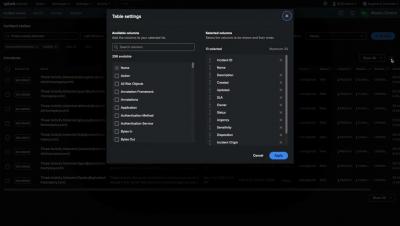Splunk SOAR Playbook of the Month: Threat Hunting with Playbooks
As SOCs continue to grow and mature, it's vital that they establish effective and repeatable programs in proactive defense. This also means that threat hunting needs to become a critical function. Numerous advanced and sophisticated threats are able to get past more traditional cybersecurity defenses and SOCs need skilled Threat Hunters who are able to search, log, monitor, and remediate threats before they create a serious problem.











